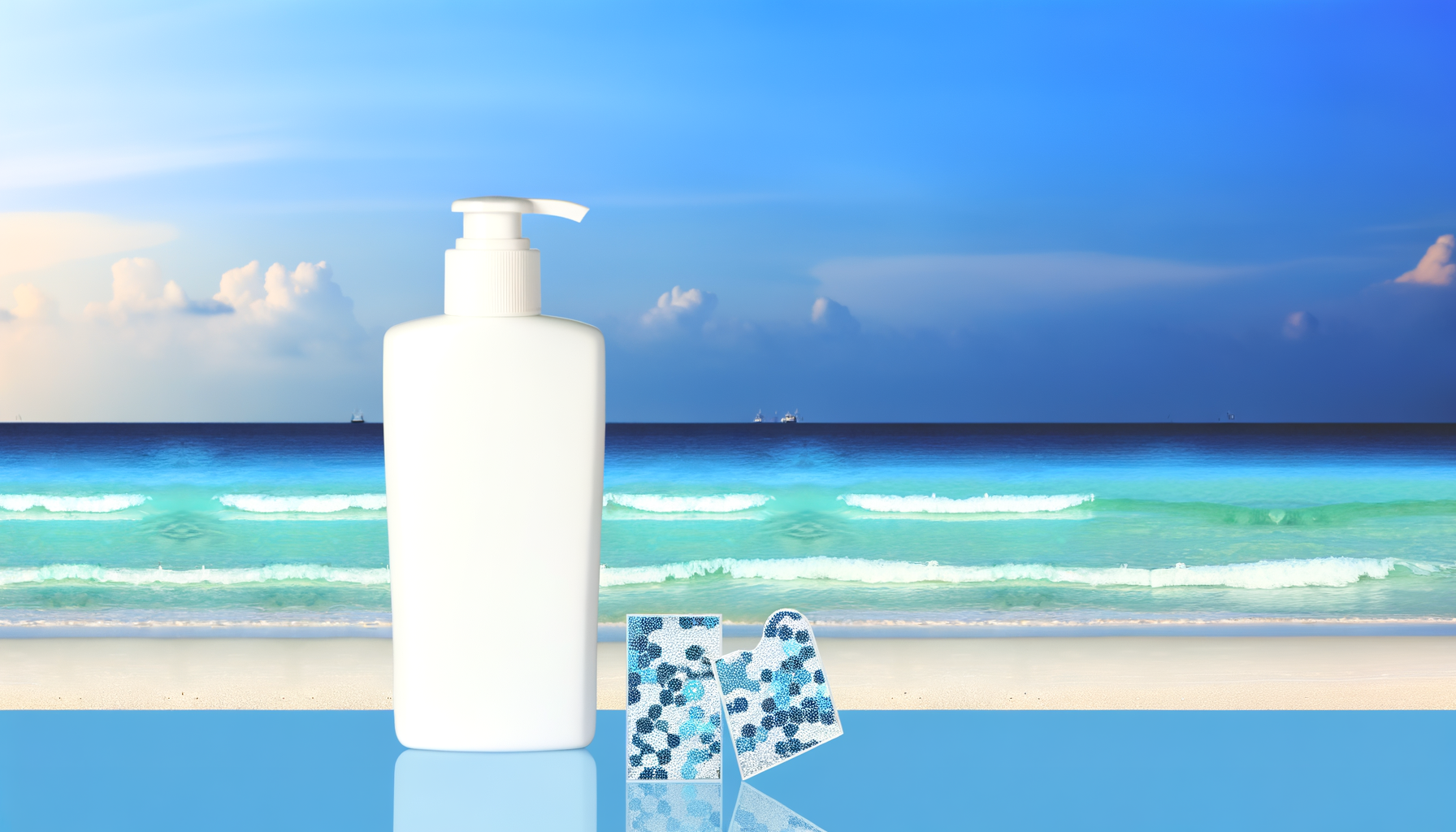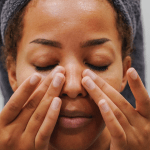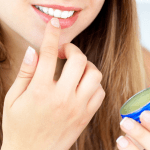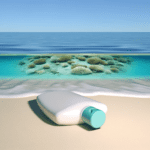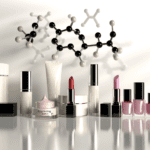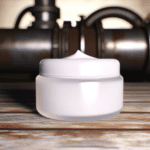Introduction to Avobenzone
What is Avobenzone?
Avobenzone is a synthetic compound commonly used in sunscreen products for its ability to absorb the full spectrum of UVA rays, which are known to contribute to skin aging and the development of skin cancer. Its chemical structure allows it to convert ultraviolet radiation into less harmful infrared radiation (heat), thereby providing protection against the sun’s damaging effects.
Common Usage in Sunscreens
Due to its effectiveness in blocking UVA radiation, avobenzone is a prevalent ingredient in many sunscreen formulations. It is often combined with other UV filters to provide broad-spectrum protection against both UVA and UVB rays, the latter of which are primarily responsible for sunburn. Avobenzone’s versatility makes it suitable for inclusion in various sunscreen products, including lotions, creams, sprays, and gels.
Initial Appeal to Health-Conscious Consumers
Initially, avobenzone gained popularity among health-conscious consumers seeking to protect their skin from the harmful effects of prolonged sun exposure. Its ability to absorb a wide range of UVA wavelengths made it an attractive option for those looking for comprehensive sun protection. Moreover, avobenzone’s incorporation into daily skincare products, such as moisturizers and cosmetics, allowed for seamless integration into existing beauty routines, emphasizing its appeal for those prioritizing both health and beauty.
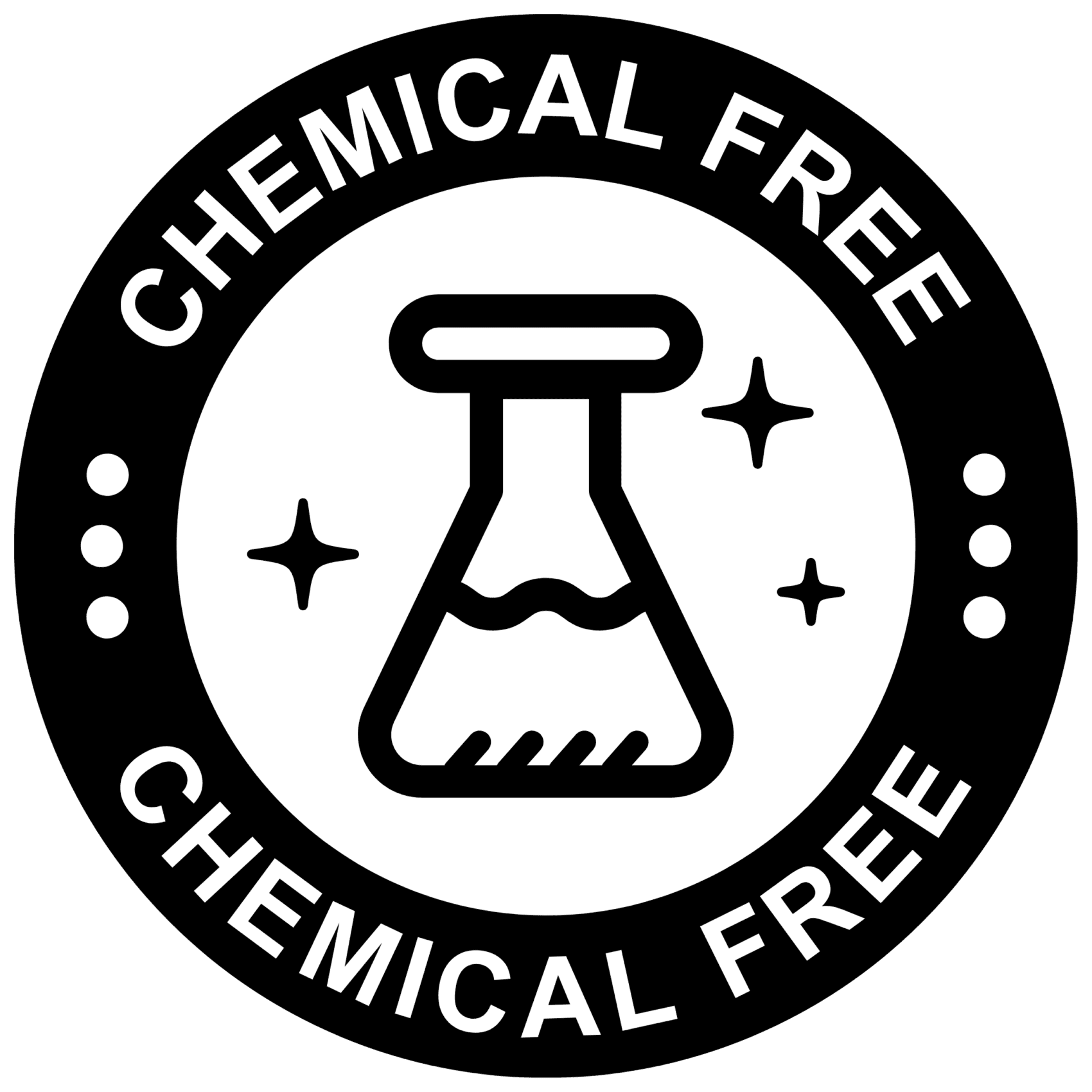
Doubting chemicals in skincare and femcare? Well done! Choose chemical-free products whenever possible.
Understanding UV Radiation and Sunscreen Efficacy
The Science of UV Protection
Ultraviolet (UV) radiation from the sun is categorized into UVA, UVB, and UVC rays. While UVC rays are mostly absorbed by the Earth’s atmosphere, UVA and UVB rays can have significant effects on the skin. UVA rays penetrate deep into the skin, leading to premature aging and contributing to the development of skin cancers. UVB rays, on the other hand, are primarily responsible for sunburn and play a significant role in the development of skin cancer. Sunscreens are designed to protect the skin from these harmful effects by either physically blocking or chemically absorbing UV radiation.
How Avobenzone Works to Absorb UV Rays
Avobenzone is a common ingredient in many sunscreens due to its ability to absorb a wide range of UVA rays. It works by converting UV radiation into less harmful infrared radiation (heat). However, avobenzone is not without its drawbacks. It can degrade in the sun, leading to a reduction in its protective ability over time. To combat this, avobenzone is often stabilized with other ingredients such as octocrylene or combined with other UV filters to ensure broad-spectrum protection.
Comparing Sunscreen Ingredients
When comparing sunscreen ingredients, it’s important to consider the type of protection they offer and their potential risks. Mineral sunscreens, such as zinc oxide and titanium dioxide, provide broad-spectrum protection by physically blocking UV rays. They are generally considered safer for sensitive skin and have minimal environmental impact. Chemical sunscreens, like avobenzone, oxybenzone, and octinoxate, absorb UV radiation but have been associated with endocrine disruption and may contribute to coral reef bleaching. As a result, there is a growing preference for sunscreens that use mineral-based ingredients or newer, safer chemical filters.
Consumers are encouraged to look for sunscreens that offer broad-spectrum protection, have a suitable Sun Protection Factor (SPF), and are water-resistant. Additionally, awareness of the potential environmental impact of sunscreen ingredients is leading to increased demand for reef-safe and eco-friendly options.

Popular Read: Endocrine Disruptors in Skincare: What You Need to Know
Potential Health Risks of Avobenzone
Endocrine Disruption Concerns
Avobenzone, a common ingredient in many sunscreens, has been scrutinized for its potential endocrine-disrupting effects. Studies have indicated that avobenzone can be absorbed through the skin and may interfere with hormone levels. The concern is particularly significant because of the chemical’s ability to mimic natural hormones, potentially leading to reproductive and developmental issues. Regulatory bodies and researchers are calling for more comprehensive studies to fully understand the implications of avobenzone’s endocrine-disrupting potential.
Allergic Reactions and Skin Sensitivity
While avobenzone is effective at absorbing UV radiation, it can also be a culprit in causing skin allergies and sensitivities. Individuals with sensitive skin may experience adverse reactions such as redness, itching, or dermatitis. The risk of allergic reactions is heightened when avobenzone degrades in sunlight, leading to the formation of allergenic byproducts. Consumers are advised to perform patch tests and consult dermatologists if they have a history of skin sensitivity.
Links to Breast Cancer and Hormonal Imbalances
Research has raised concerns about the potential link between avobenzone and breast cancer. Avobenzone’s ability to act as an endocrine disruptor means it could influence estrogenic activities in the body, which is a risk factor for breast cancer development. Additionally, hormonal imbalances caused by such disruptions could have broader health implications, affecting everything from metabolism to mood regulation. The scientific community continues to investigate these associations to provide clearer guidance on the use of avobenzone-containing sunscreens.
Degradation and Stability Issues
One of the significant drawbacks of avobenzone is its instability when exposed to UV radiation. This instability can lead to the degradation of the compound, reducing its effectiveness as a UV filter and necessitating the use of stabilizers. Moreover, the degradation process can result in the formation of potentially harmful byproducts. These byproducts, some of which are known to be toxic, can pose additional health risks to users and further complicate the safety profile of avobenzone-based sunscreens.
In conclusion, while avobenzone is a widely used UV filter in sunscreens, its potential health risks cannot be overlooked. Concerns about endocrine disruption, allergic reactions, links to cancer, and stability issues necessitate a cautious approach to its use. Consumers should stay informed about the latest research findings and consider alternative sun protection methods, especially if they have pre-existing health concerns or skin sensitivities.
Environmental Impact of Avobenzone
Effects on Aquatic Ecosystems
Avobenzone, a common ingredient in many sunscreen products, has been identified as a potential environmental hazard, particularly for aquatic ecosystems. When sunscreen washes off swimmers’ bodies, it can enter marine environments, where avobenzone can adversely affect the delicate balance of aquatic life. Studies have shown that avobenzone can degrade into various toxic byproducts, such as chlorinated phenols and acetophenones, which are known to be harmful to marine organisms. These substances can disrupt the growth and reproduction of fish and other aquatic species, leading to long-term ecological consequences.
Contribution to Coral Reef Bleaching
One of the most alarming environmental concerns associated with avobenzone is its contribution to coral reef bleaching. Coral reefs, often referred to as the “rainforests of the sea,” are vital to marine biodiversity. Avobenzone has been found to cause bleaching in corals, a process where corals expel the symbiotic algae living in their tissues, leading to a weakened state and increased susceptibility to disease and death. This bleaching effect not only diminishes the reef’s vibrant colors but also threatens the survival of the entire reef ecosystem, which serves as a habitat for a multitude of marine species.
Bioaccumulation and Food Chain Implications
The potential for bioaccumulation of avobenzone and its byproducts is another significant concern. Bioaccumulation occurs when a substance builds up in an organism at a rate faster than it can be broken down or excreted. This can lead to high concentrations of toxic compounds in the tissues of aquatic organisms, which can then be passed up the food chain, ultimately affecting larger predators, including humans. The presence of avobenzone in the environment can thus have far-reaching implications for both marine life and human health, as the compounds may end up in the seafood that people consume.
In conclusion, while avobenzone serves as an effective UV-filtering agent in sunscreens, its environmental impact cannot be overlooked. The potential risks it poses to aquatic ecosystems, coral reefs, and the broader food chain highlight the need for safer alternatives and increased regulation of sunscreen ingredients. As consumers become more aware of these issues, the demand for environmentally friendly sunscreen options is likely to grow, prompting the industry to innovate and adopt more sustainable practices.
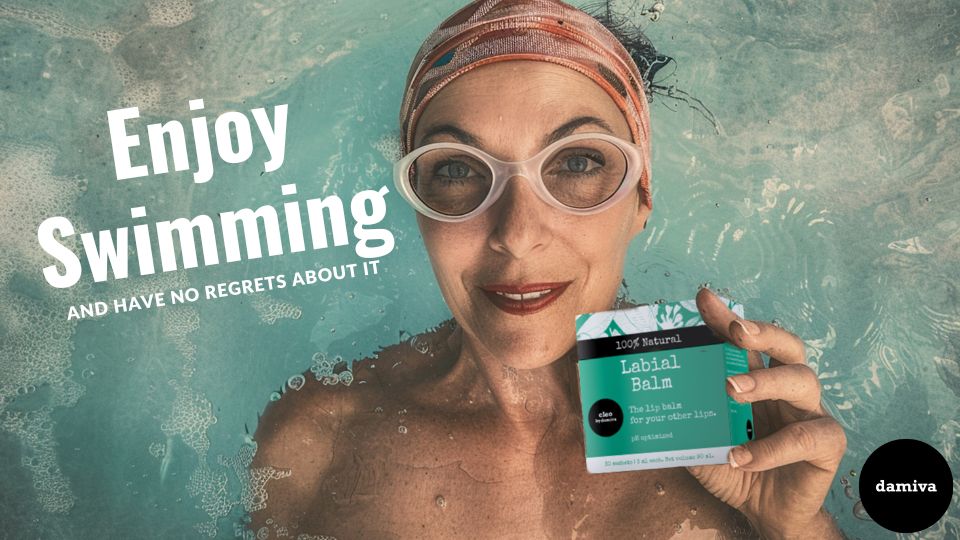
Alternatives to Avobenzone
Natural and Mineral-Based Sunscreens
As concerns about the potential health risks and environmental impacts of chemical sunscreen agents like avobenzone grow, many consumers are turning to natural and mineral-based sunscreens. These sunscreens use ingredients such as zinc oxide or titanium dioxide to provide a physical barrier that reflects UV rays away from the skin. Unlike chemical filters, these mineral ingredients are not known to be absorbed through the skin, making them a safer option for both humans and marine ecosystems. Additionally, they are less likely to cause skin irritation, making them suitable for people with sensitive skin.
Innovations in Sun Protection
Research and development in the field of sun protection are ongoing, with new innovations aimed at improving efficacy and safety. One such innovation is the development of non-nano mineral formulations that minimize the risk of inhalation or absorption while maintaining effective sun protection. Other advancements include sunscreen-enhancing polymers that increase water resistance and durability, as well as antioxidant-infused sunscreens that help to neutralize free radicals generated by UV exposure.
How to Choose a Safe and Effective Sunscreen
When selecting a sunscreen, it’s important to consider several factors to ensure that you are choosing a product that is both safe and effective:
- Broad Spectrum Protection: Look for sunscreens that offer broad-spectrum protection against both UVA and UVB rays.
- SPF Factor: Choose a sunscreen with an appropriate SPF rating. An SPF of 30 or higher is recommended for most individuals.
- Active Ingredients: Opt for sunscreens with zinc oxide or titanium dioxide as the active ingredients for safer, physical UV protection.
- Water Resistance: If you’ll be swimming or sweating, select a water-resistant sunscreen to ensure it stays effective when wet.
- Skin Sensitivity: For sensitive skin, choose fragrance-free, hypoallergenic formulations that are less likely to cause irritation.
- Environmental Impact: Consider the environmental footprint of the sunscreen, including its impact on coral reefs and aquatic life.
By the way, something for you, a little gift!!!
I am just in the middle of publishing my book. It’s about How women can balance their hormones. One part is about food and diet, of course.
Follow this link and enter your email.
I will send you this part of the book for free once the book is published. It has many concrete, practical tips and recipes and will help you feel better during menopause or times of Big hormonal fluctuations.
Annette, Damiva Lead for Health & Wellness

Lifestyle and Protective Measures Beyond Sunscreen
Holistic Approaches to UV Protection
While sunscreen is a critical component in protecting against harmful UV rays, a holistic approach to sun protection can significantly enhance skin health and overall well-being. This includes integrating sun protection into various aspects of daily life, such as seeking shade during peak sun hours, wearing UV-protective sunglasses, and incorporating antioxidant-rich foods into your diet to support the skin’s natural defense mechanisms against UV damage.
Dietary Considerations for Skin Health
What you eat can influence your skin’s ability to protect itself from the sun. A diet rich in antioxidants, such as vitamins C and E, can help neutralize free radicals generated by UV exposure. Foods like citrus fruits, berries, nuts, and green leafy vegetables are excellent sources of these nutrients. Omega-3 fatty acids, found in fish and flaxseeds, can also support skin health by reducing inflammation. Additionally, staying hydrated by drinking plenty of water is essential for maintaining skin’s elasticity and barrier function.
- Antioxidant-rich foods: Include berries, citrus fruits, nuts, and green vegetables in your diet.
- Omega-3 fatty acids: Consume fish, such as salmon, or plant-based sources like flaxseeds and walnuts.
- Hydration: Drink at least 8 glasses of water daily to maintain skin hydration.
Clothing and Behavioral Strategies
Physical barriers provide effective protection against UV rays. Wearing long-sleeved shirts, wide-brimmed hats, and UV-blocking sunglasses can shield the skin from direct sun exposure. Opt for clothing made from tightly woven fabrics, and consider using UV-protective laundry additives to enhance the protective qualities of your clothes. Additionally, adopting behaviors such as seeking shade, especially during midday hours when the sun is most intense, and avoiding tanning beds can significantly reduce UV exposure.
- Protective clothing: Choose long-sleeved shirts, pants, and wide-brimmed hats made from tightly woven fabric.
- UV-blocking sunglasses: Wear sunglasses that offer 100% UV protection to safeguard your eyes and the delicate skin around them.
- Shade-seeking: Plan outdoor activities for early morning or late afternoon and use umbrellas or canopies when midday sun exposure is unavoidable.
- Laundry additives: Use UV-protective laundry treatments to boost the sun protection factor of your clothing.
How to Find Safe, All-Natural Skincare
Seek out products that do not include water (aqua, eau, juice) in their ingredient list, as products containing water also contain preservatives (chemicals). The rationale behind this is that water fosters the growth of bacteria, mold, and microbes, necessitating the inclusion of chemical preservatives in water-based lotions, creams, balms, etc. These preservatives, while lethal to microbes, are also harmful to humans; many function as endocrine disruptors (thus they are termed endocrine-disrupting chemicals, EDC), meaning they interfere with your hormonal system, which can exacerbate dry and/or sagging skin.
In conclusion, while sunscreen remains a vital tool in sun protection, it should be part of a broader strategy that includes dietary choices, protective clothing, and behavioral changes. By adopting a comprehensive approach to UV protection, you can enjoy the sun safely and reduce the risk of skin damage and associated health concerns.
Do you know the 3 main ways how your body is exposed to harmful chemicals, which affect your hormones, your thyroid, health and beauty?
If not, it may be time to learn about them. It takes about 1-2 minutes.
We have a few suggestions how to avoid these silent health and immune system killers in our new guide.
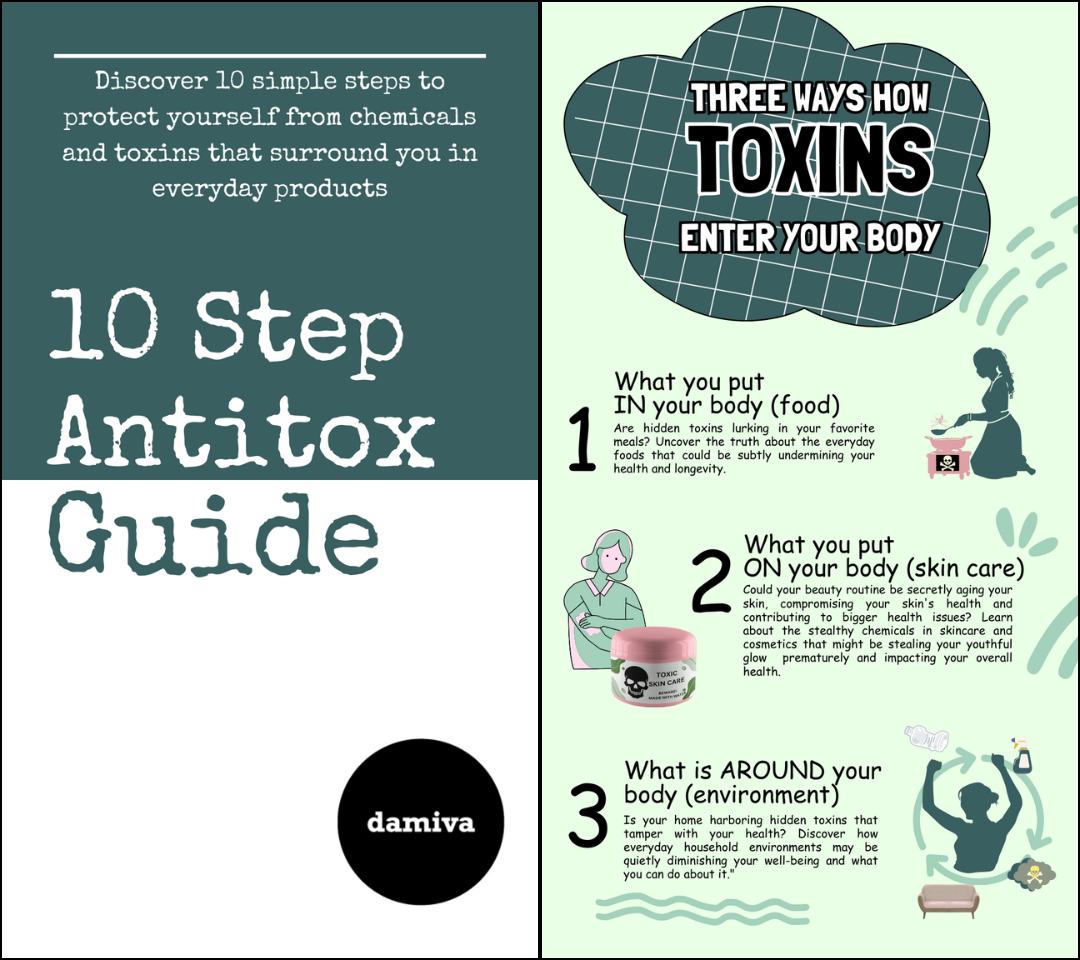
Conclusion: Empowering Choices for Health and Beauty
Balancing Safety with Sun Protection
As consumers become increasingly aware of the potential health risks associated with certain sunscreen ingredients, the need to balance safety with effective sun protection has never been more critical. While avobenzone has been a popular choice for UV protection due to its ability to absorb a wide range of UV rays, concerns over its stability and potential to disrupt hormones have led many to reconsider their sunscreen selections. It is essential to weigh the benefits of UV protection against the possible long-term health risks, especially when safer alternatives may be available.
The Role of Education in Consumer Decisions
Education plays a pivotal role in empowering consumers to make informed decisions about their health and beauty products. Understanding the science behind UV protection and the implications of various sunscreen ingredients allows individuals to choose products that align with their health priorities. Moreover, educating the public about the importance of broad-spectrum protection and proper sunscreen application can enhance the overall effectiveness of sun protection strategies.
Advocating for Transparency and Regulation in Sunscreen Production
Advocacy for greater transparency in the sunscreen industry is crucial. Consumers have the right to know what they are applying to their skin and the potential impacts on their health. Calling for stricter regulation and rigorous testing of sunscreen agents will ensure that products on the market are both safe and effective. Furthermore, as research evolves, so should the standards governing sunscreen production, ensuring that consumer safety is always the top priority.
In conclusion, while avobenzone has been a staple in sun protection, its hidden risks necessitate a cautious approach. By balancing safety with sun protection, educating ourselves on the nuances of UV radiation and sunscreen efficacy, and advocating for better industry regulation, we can make empowering choices for our health and beauty. As we continue to enjoy the benefits of the sun, let us do so with the knowledge and tools to protect our well-being now and in the future.
